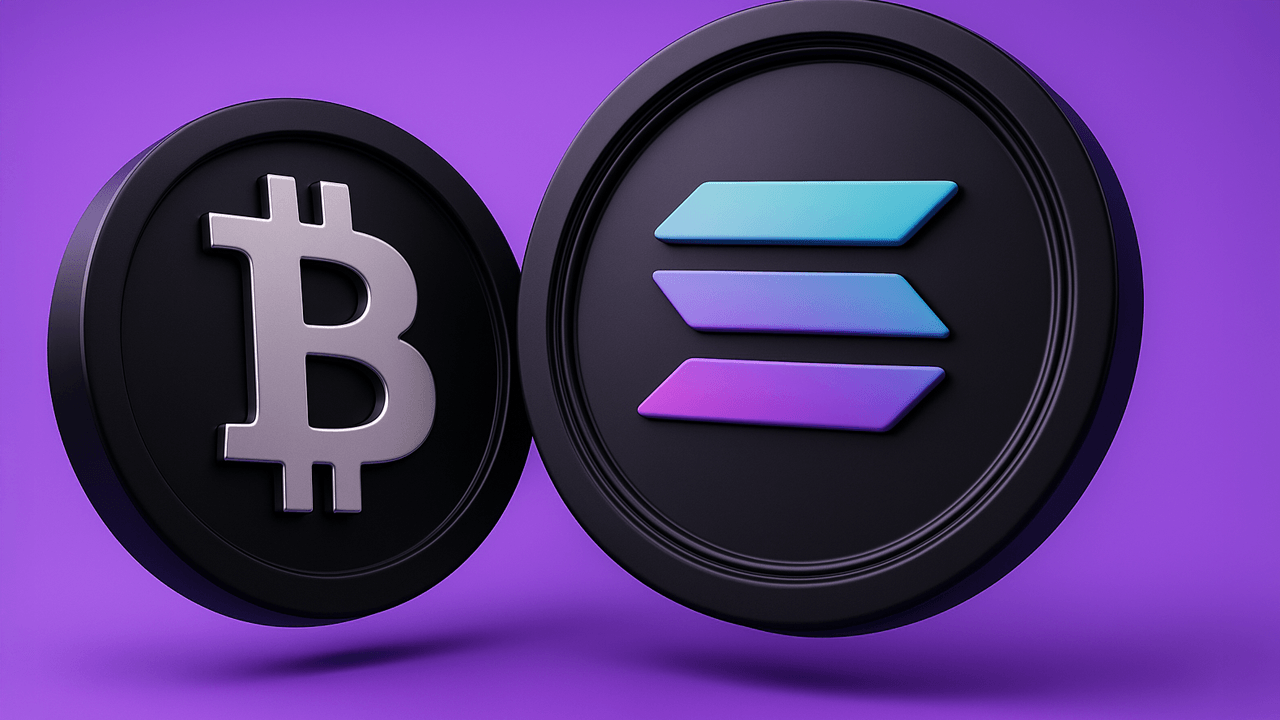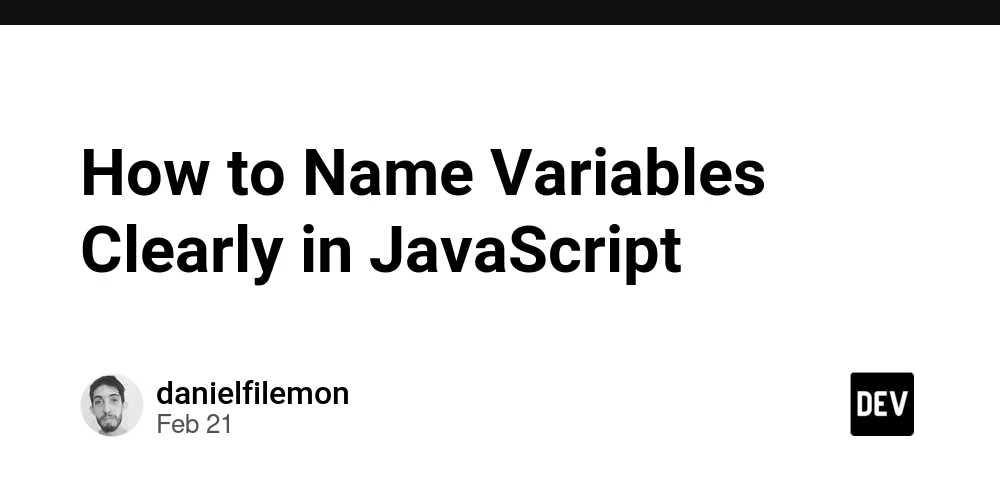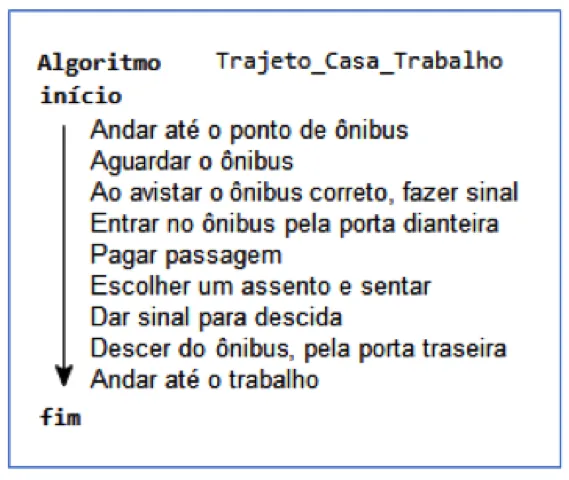Essential PostgreSQL Data Types Explained
PostgreSQL offers a robust set of data types vital for storing and manipulating data effectively. Knowing these types and their proper usage ensures high-performance, accurate, and scalable databases. Overview of PostgreSQL Data Types PostgreSQL provides several data type categories: Numeric Types: Include whole number types such as SMALLINT, INTEGER, and BIGINT, ideal for counting and indexing. Use DECIMAL and NUMERIC for exact values, perfect for financial data. Floating-point types like REAL and DOUBLE PRECISION are suited for scientific or statistical data where absolute precision isn't required. Textual Types: CHAR is used for fixed-length text, which is space-padded. VARCHAR(n) allows flexible length with a limit, and TEXT is unlimited, used for comments, articles, or content fields. Date/Time Types: Includes DATE for day-level data, TIME for clock time, TIMESTAMP for precise moments, and INTERVAL for ranges and durations. These are crucial for event logging, analytics, or scheduling. Boolean: Stores logical values. Accepts TRUE, FALSE, and NULL. Useful for flags like "is_active" or "email_verified." JSON & JSONB: Store structured data. JSON is stored as-is, while JSONB is stored in a binary format for better performance and indexing. Ideal for flexible schemas, logs, or API responses. Special Types: UUID provides unique identifiers. ENUM ensures controlled value sets. Arrays allow multiple values in one column. Range types (INT4RANGE, DATERANGE, etc.) let you store min-max pairs for numeric or time-based data. Geometric types are useful in spatial applications. Network address types allow storage of IPs and MAC addresses. Example code: CREATE TABLE products ( id SERIAL, price NUMERIC(10, 2), created_at TIMESTAMP DEFAULT now() ); FAQ Database client that supports all PostgreSQL types? DbVisualizer offers comprehensive support for PostgreSQL’s full data type spectrum. JSON vs JSONB? Prefer JSONB for indexed searches; use JSON for plain storage without indexing. How to convert data types? Use CAST(column AS type) or shorthand column::type. VARCHAR vs TEXT which to use? Performance is similar; use VARCHAR(n) to set a limit, or TEXT for unrestricted length. Conclusion Choosing the appropriate PostgreSQL data types is key to building efficient, reliable databases. Each type, whether numeric, text-based, or structured (like JSON and arrays), brings unique benefits to data storage and query operations, ultimately affecting your database's performance and scalability. Using the right types ensures cleaner data, optimized storage, and fewer errors. To fully leverage PostgreSQL's powerful type system, explore the detailed breakdown with examples in the complete guide: Discover All PostgreSQL Data Types.
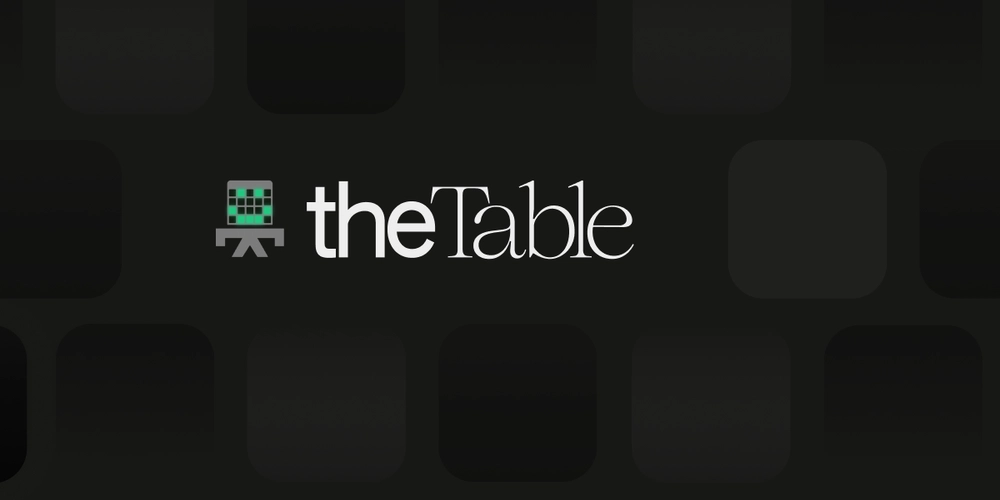
PostgreSQL offers a robust set of data types vital for storing and manipulating data effectively. Knowing these types and their proper usage ensures high-performance, accurate, and scalable databases.
Overview of PostgreSQL Data Types
PostgreSQL provides several data type categories:
-
Numeric Types: Include whole number types such as
SMALLINT,INTEGER, andBIGINT, ideal for counting and indexing. UseDECIMALandNUMERICfor exact values, perfect for financial data. Floating-point types likeREALandDOUBLE PRECISIONare suited for scientific or statistical data where absolute precision isn't required. -
Textual Types:
CHARis used for fixed-length text, which is space-padded.VARCHAR(n)allows flexible length with a limit, andTEXTis unlimited, used for comments, articles, or content fields. -
Date/Time Types: Includes
DATEfor day-level data,TIMEfor clock time,TIMESTAMPfor precise moments, andINTERVALfor ranges and durations. These are crucial for event logging, analytics, or scheduling. -
Boolean: Stores logical values. Accepts
TRUE,FALSE, andNULL. Useful for flags like "is_active" or "email_verified." -
JSON & JSONB: Store structured data.
JSONis stored as-is, whileJSONBis stored in a binary format for better performance and indexing. Ideal for flexible schemas, logs, or API responses. -
Special Types:
UUIDprovides unique identifiers.ENUMensures controlled value sets. Arrays allow multiple values in one column. Range types (INT4RANGE,DATERANGE, etc.) let you store min-max pairs for numeric or time-based data. Geometric types are useful in spatial applications. Network address types allow storage of IPs and MAC addresses.
Example code:
CREATE TABLE products (
id SERIAL,
price NUMERIC(10, 2),
created_at TIMESTAMP DEFAULT now()
);
FAQ
Database client that supports all PostgreSQL types?
DbVisualizer offers comprehensive support for PostgreSQL’s full data type spectrum.
JSON vs JSONB?
Prefer JSONB for indexed searches; use JSON for plain storage without indexing.
How to convert data types?
Use CAST(column AS type) or shorthand column::type.
VARCHAR vs TEXT which to use?
Performance is similar; use VARCHAR(n) to set a limit, or TEXT for unrestricted length.
Conclusion
Choosing the appropriate PostgreSQL data types is key to building efficient, reliable databases. Each type, whether numeric, text-based, or structured (like JSON and arrays), brings unique benefits to data storage and query operations, ultimately affecting your database's performance and scalability.
Using the right types ensures cleaner data, optimized storage, and fewer errors. To fully leverage PostgreSQL's powerful type system, explore the detailed breakdown with examples in the complete guide: Discover All PostgreSQL Data Types.










































































































































































![[The AI Show Episode 143]: ChatGPT Revenue Surge, New AGI Timelines, Amazon’s AI Agent, Claude for Education, Model Context Protocol & LLMs Pass the Turing Test](https://www.marketingaiinstitute.com/hubfs/ep%20143%20cover.png)














































































































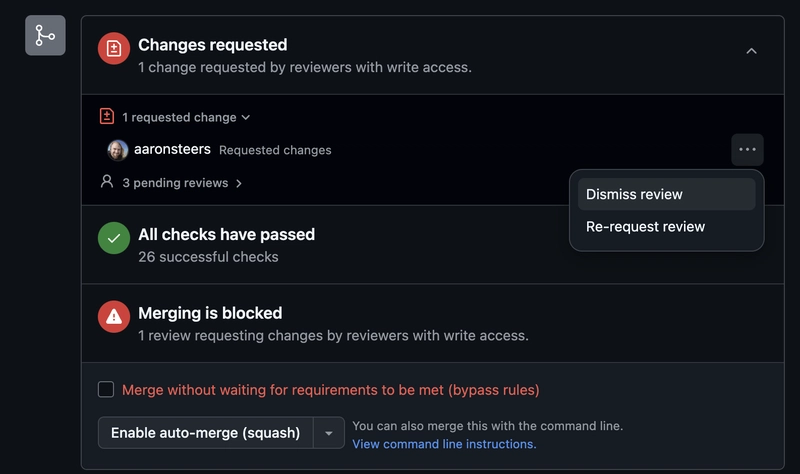














![From Accountant to Data Engineer with Alyson La [Podcast #168]](https://cdn.hashnode.com/res/hashnode/image/upload/v1744420903260/fae4b593-d653-41eb-b70b-031591aa2f35.png?#)




































































































.png?#)











































































































































![Apple Watch SE 2 On Sale for Just $169.97 [Deal]](https://www.iclarified.com/images/news/96996/96996/96996-640.jpg)

![Apple Posts Full First Episode of 'Your Friends & Neighbors' on YouTube [Video]](https://www.iclarified.com/images/news/96990/96990/96990-640.jpg)



































































































